(Dan Tri) - It is expected that from 2025, Hanoi will pilot a low-emission zone model to limit polluting vehicles.
The Hanoi People's Committee is collecting opinions to complete the draft Resolution stipulating criteria, conditions, order and procedures for determining low emission zones (LEZs) in the area to specify the Capital Law in 2024.
It is expected that the pilot model of low-emission zones and restrictions on polluting vehicles will be implemented from 2025.
Road motor vehicles as prescribed in Clause 1, Article 34 of the Law on Road Traffic Safety and Order 2024 (except electric cars and electric motorbikes) moving into low emission zones must comply with specific emission standards, except for priority vehicles.
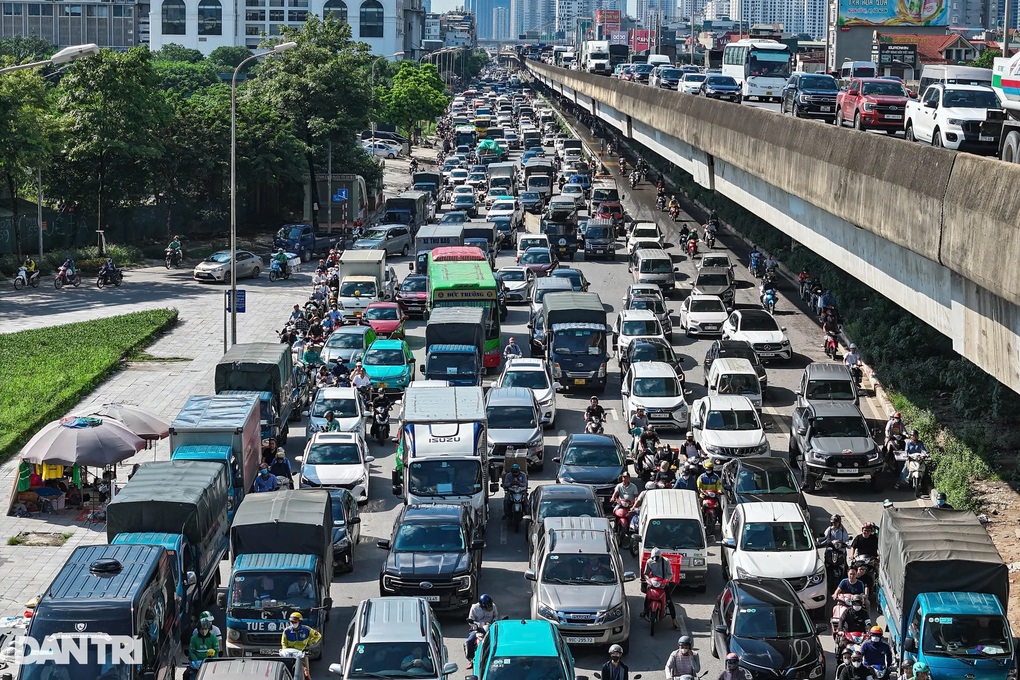
Hanoi currently has over 7.8 million vehicles of all kinds, not to mention 1.2 million vehicles from other provinces and cities participating in traffic in the area (Photo: Thanh Dong).
Hanoi believes that there are many sources of pollution, of which transportation is the largest source of PM 2.5 emissions, accounting for 50-70%.
A low emission zone is a limited area within a city where air pollution levels are high. Vehicles operating in this area must meet strict emission standards. Vehicles that do not meet these standards are restricted or charged a fee.
The draft sets out five criteria to identify low-emission zones, which are also areas expected to restrict polluting vehicles.
Firstly, it is an area where economic, cultural and social development activities are concentrated; there is a high population density, there are areas/places that need to be preserved, and there is potential for developing cultural and social tourism.
Second, the area is polluted with air due to traffic emissions.
Third, the area has infrastructure that meets low-emission public transport requirements, and has the ability to organize appropriate, convenient, and scientific traffic arrangements.
Fourth, the area is eligible to apply stricter vehicle emission standards (with solutions to monitor, handle emissions violations, convert vehicles, and organize traffic appropriately to ensure smooth traffic).
The fifth is the area where the government and people agree to build a low emission zone.
It is expected that areas identified as low emission zones will have to apply traffic and economic measures to reduce air pollution.
Hanoi will zone off motorbikes and gradually stop them in districts by 2030.
Hanoi will also have a policy to replace old motorbikes that do not ensure traffic safety and exhaust emissions; regulate areas where diesel cars are banned, areas where motorbikes, trucks, and taxis are restricted; and a policy to encourage the replacement of diesel buses with electric ones.
Hanoi plans to issue regulations to encourage investment in urban railways, BRT, Mono rail, and buses through public-private partnerships (PPP).
According to a recent report by the Hanoi Department of Transport, the city's population is currently over 8 million people, not including 1.2 million temporary residents who regularly live, work and study in the city.
The number of road vehicles is over 7.8 million vehicles of all kinds, not including 1.2 million vehicles from other provinces and cities participating in traffic in the area.
The average growth rate in the 2019-2023 period is over 10% for cars and over 3% for motorbikes, while the land area for traffic has only reached about 12.13%, leading to overload on traffic routes.
Source: https://dantri.com.vn/xa-hoi/ha-noi-sap-han-che-o-to-xe-may-xang-tai-5-khu-vuc-20241025141632384.htm








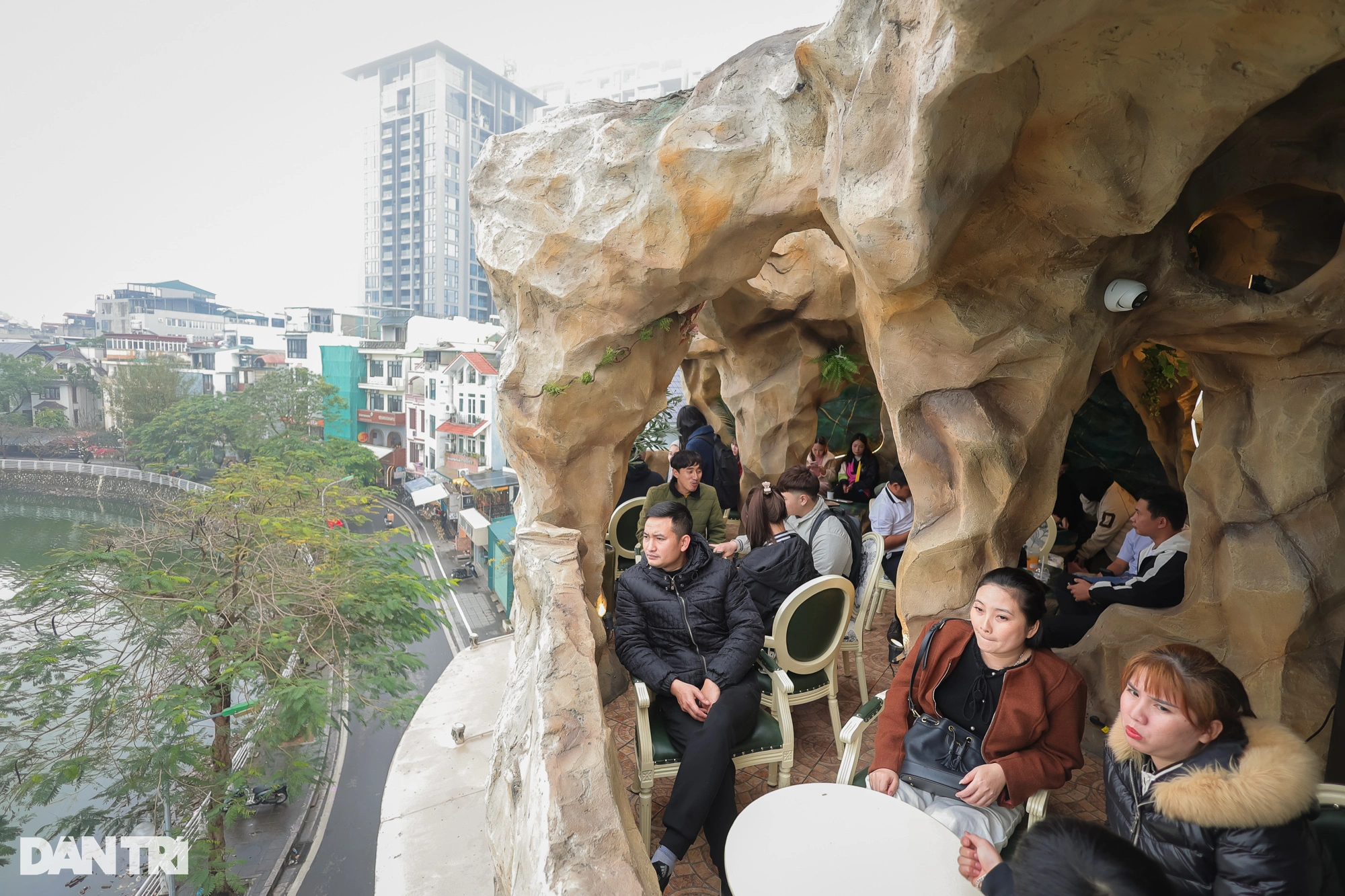



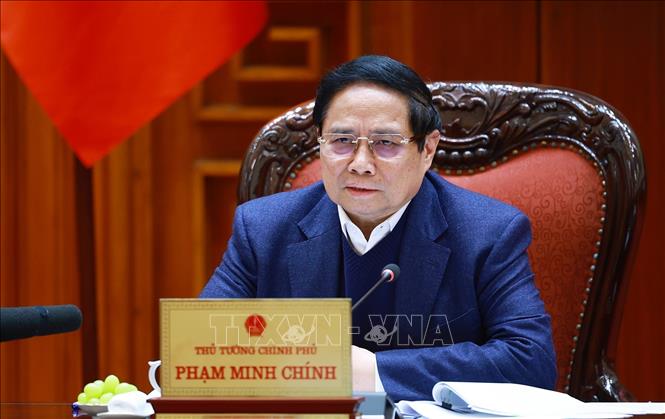


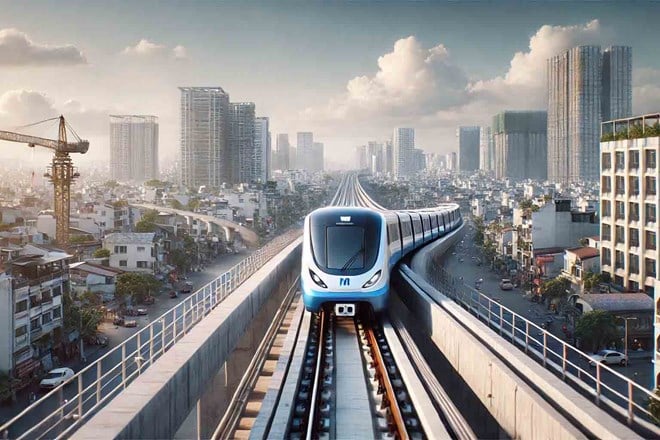


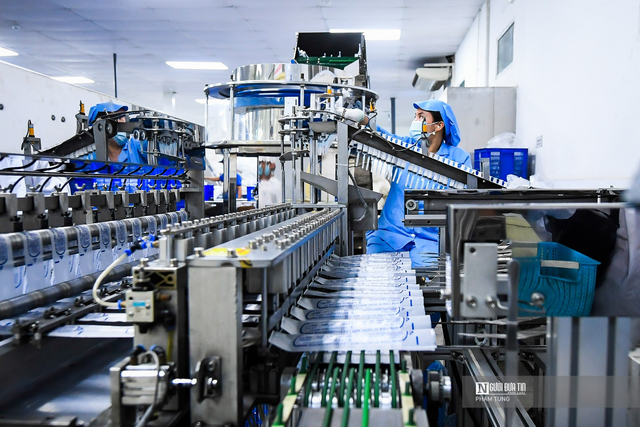

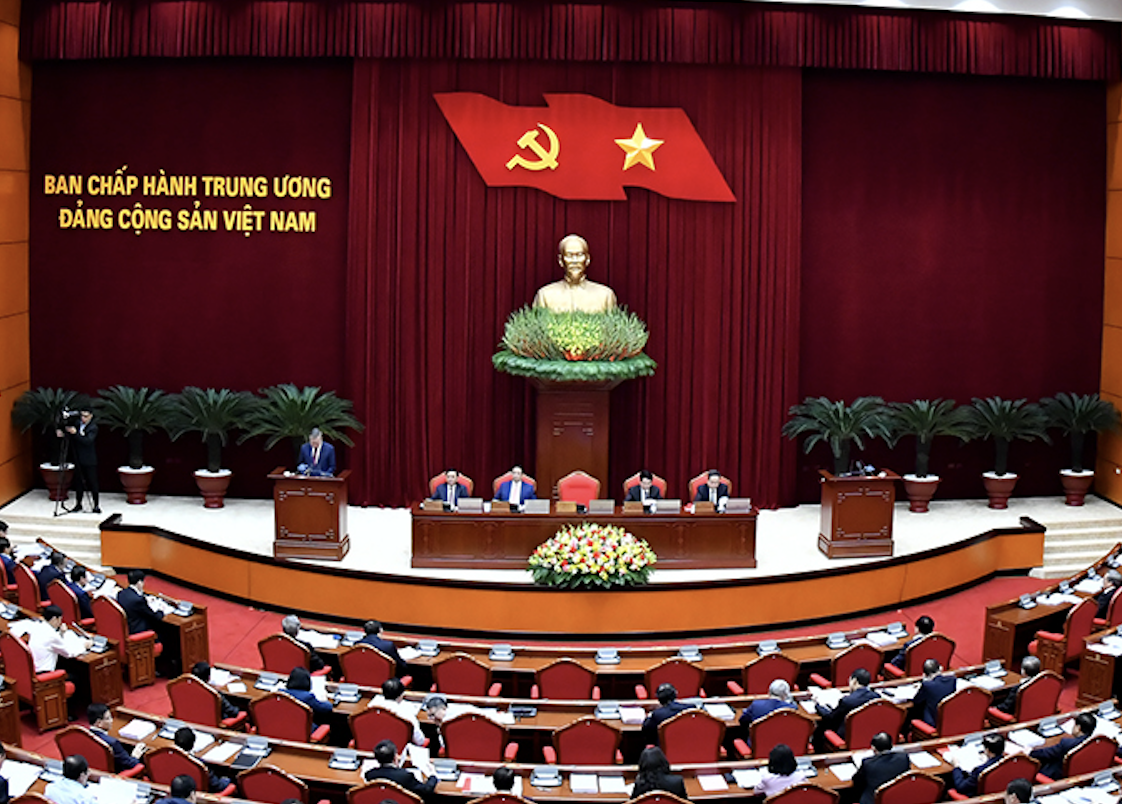
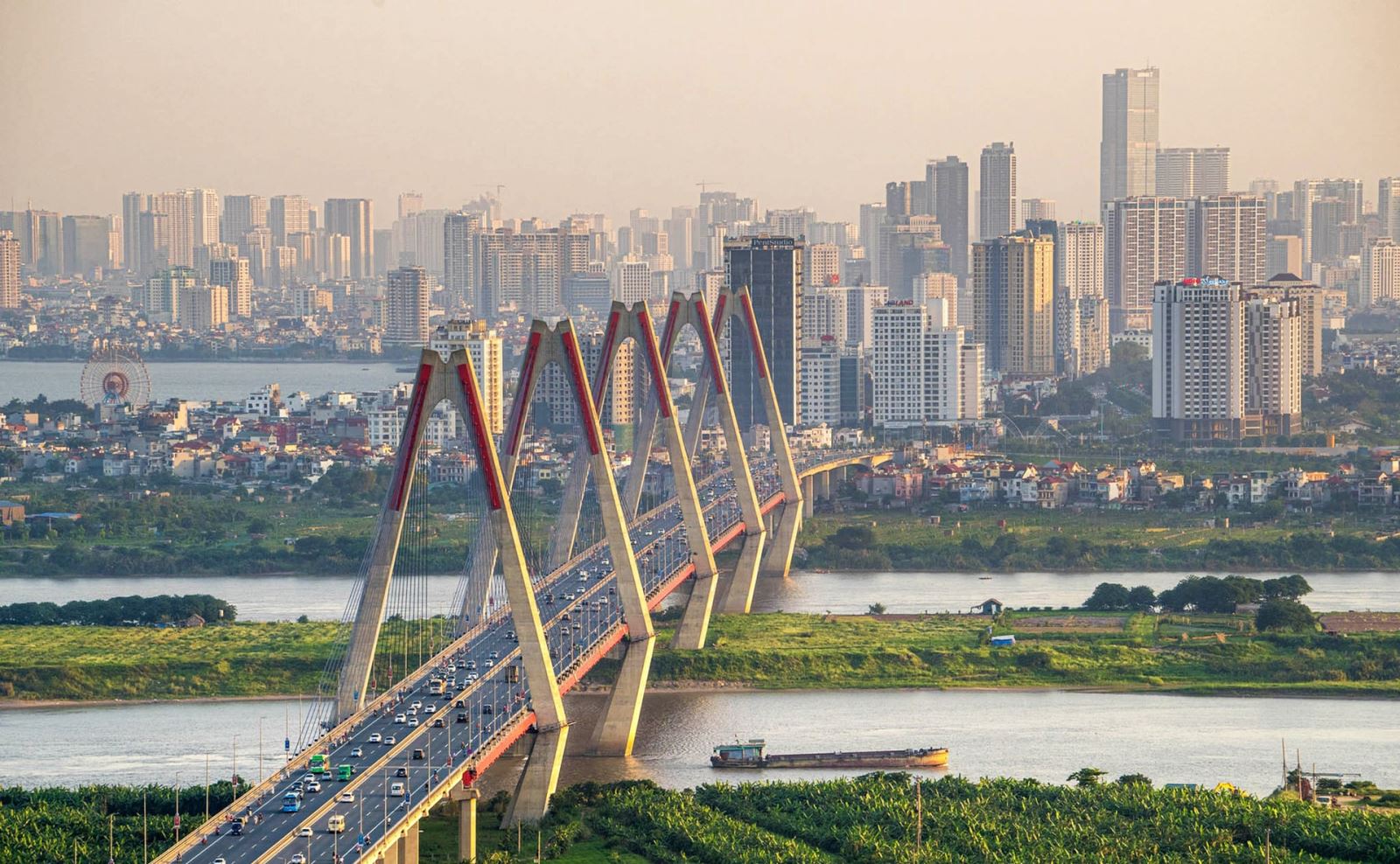




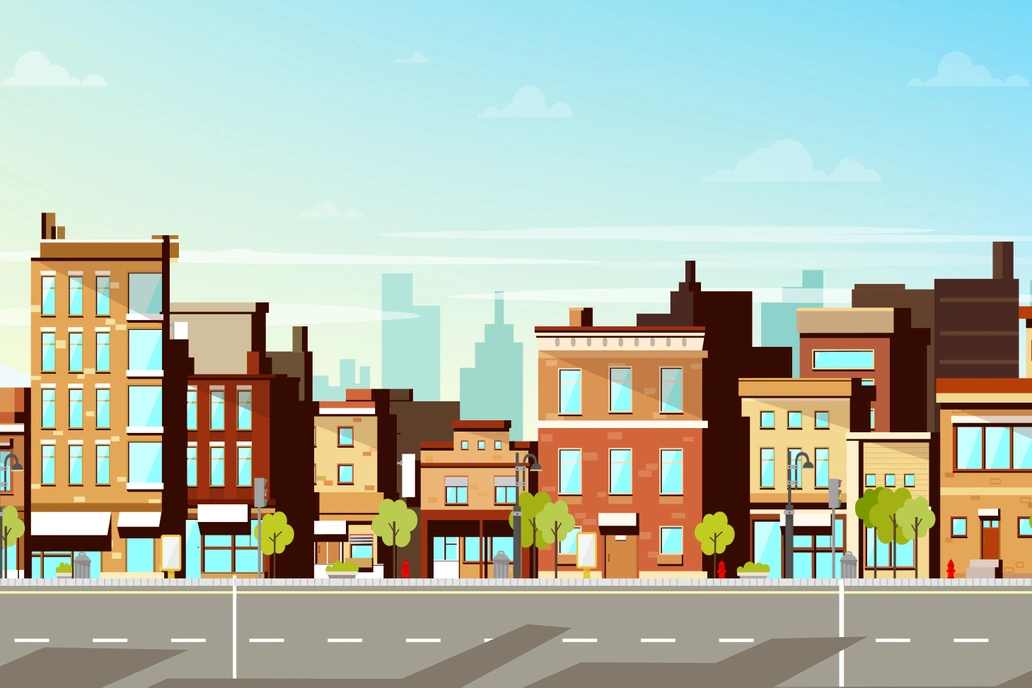

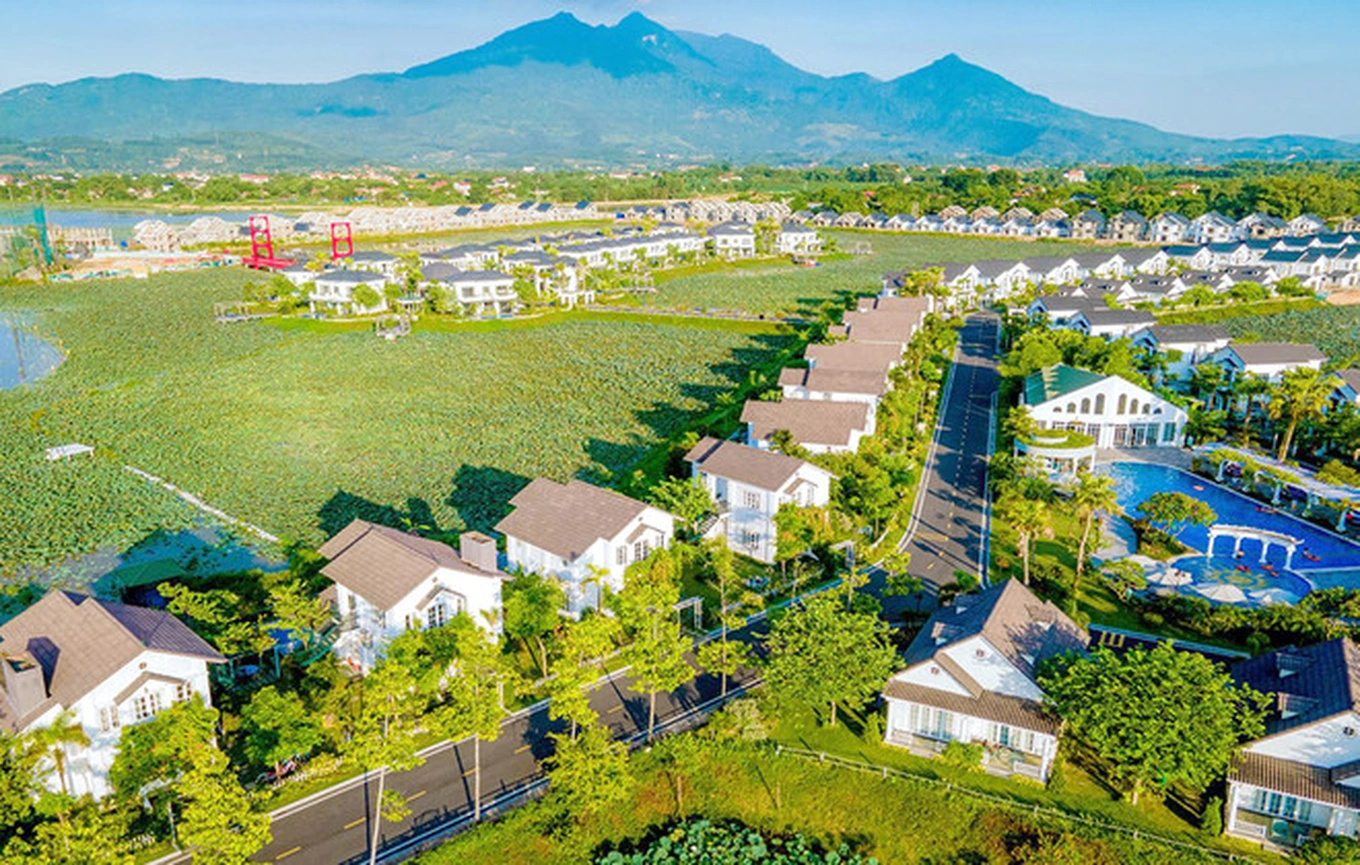











Comment (0)